Description
Dubliner by James Joyce is a profound and realistic book that not only has numerous commentaries and extensions written on the margins, but also books in critique and imitation books.
A book that everyone has become friends with out of suspicion and has written about the author. This shows that Mr. Joyce is a capable writer of short stories, and we all know that writing a successful short story is far more difficult than writing a successful long story.
Because in a short story, you should be able to summarize all the concepts in a few sentences, while in a long story, your initiative and freedom of action are multiplied.
Dublin is a biography of the people of Dublin. The book is so realistic that it may be used to describe the people of Dublin at the time.
The book so beautifully describes the stages of changing Dublin city from a traditional to a modern society that if you are a little careful you can get the conditions of the people of the city over time.
Dubliner is a collection of fifteen short stories by James Joyce, first published in 1914. In this book, he attempts to portray in a naturalistic way the life of the Irish middle class in and around the early twentieth and twentieth centuries in Dublin.
These stories were written at a time when Irish nationalism was at its height, in search of a national identity and ultimate goal. At the crossroads of history and culture, Ireland is confronted with a variety of conflicting ideas and influences.
They focus on Joyce’s idea as an epic: the moment a character experiences an understanding of life or enlightenment in their life, and the thought of Irish paralysis that Joyce felt nationalism and cultural progress go into recession. Puts Dublin at the heart of this backward movement.
Many Dublin characters later appear in minor roles in Joyce’s novel Ulysses. The first stories of this series are narrated by child characters, and as the stories continue, they gradually encounter the lives and worries of old people.
This is in line with Joyce’s threefold division into childhood, adolescence, and adolescence.
The stories at the beginning of the book are very different from the stories at the end of the book, and although these stories may not have been published in the exact order in which they were written, they show at least four or possibly five stages of the storyteller’s evolution.
The series begins for a variety of reasons, from exquisite language to the generality of its Dublin character – and gives the reader the feeling that each story is somehow beyond its last.

It deals with issues such as the history of Ireland and the people and death and love and life and horror. Written from the height of Irish nationalist movements, the novel deals with the middle and poor classes of Irish society in the early twentieth century.
Dubliner is a collection of short stories by Irish author James Joyce, published in 1944. This is the first work that introduced him to all people after the publication of his youth poems about chamber music.
Dublin begins with the story of the “sisters” and ends with “the dead.”
These stories, while each having their own narrative, ultimately form a unique collection. In describing the Dubliners, Joyce himself described it as a chapter in the moral history of his homeland.
The stories are arranged in such a way that they can follow the exact trajectory from childhood to adulthood. The stories, while their unity and independence, are based on a logic that forms an all-encompassing order and a complete structure. Joyce writes in a pictorial style;
The style in which the reader emerges from the action of the story and instead is confronted with a series of images of the events described in the story. Joyce’s writing is such that it leaves the reader free to have or not feel, according to the reader’s desire, and makes it impossible for the story to feel synonymous and adapt to its character and experience.
The stories in this series are often very violent, about the life of the middle class in Dublin, in the form of humorous and contradictory epics.
Dublin can be seen both as a series of short stories and as a novel in which the events that take place on the characters ultimately form a major event, and that is the story of the soul of a nation that has severed its connection to the source of spiritual life and is unable to revive it. .
In these stories, Joyce narrates a symbolic paralysis in which Ramsey lives; A paralysis that is imposed from within due to lack of motivation and power, and the external environment and its weapons do not interfere in it.
It is a moral paralysis that sometimes presents itself in the form of physical paralysis on the characters and sometimes causes weakness of motivation and degeneration of the right path.
“Their despair of going east, of liberation, or of their disappearance, and of their inability to cross the outskirts of Dublin and their confinement to move to a city or a narrow field within the city limits” is an example of this moral paralysis.
James Joyce, who is at the forefront of Symbolism writers and alongside writing giants like Kafka, has essentially taken a naturalistic approach to the color of his stories, especially in the novel Ulysses, which he made with a bang. They know the best novels of the twentieth century.
As far as Dublin books are concerned, I would say that every year a celebration is held in Dublin by Dublinians to honor this book and its author, as if people no longer want to forget who and how they were.
Joyce’s stories combine almost a variety of elements to give the author his or her satisfaction with the context of the story.

Dubliner
Apart from poetic mysticism and the naturalistic style, the meticulousness of the illustrations in the stories is so great that it shows the author’s obsession with the style originally founded by Flaubert, which is the creation of highly visual stories, the other elements of which are Pale stories are used.
As far as Dublin books are concerned, I would say that every year a celebration is held in Dublin by Dublinians to honor this book and its author, as if people no longer want to forget who and how they were.
Joyce’s stories combine almost a variety of elements to give the author his or her satisfaction with the context of the story.
Joyce was short of words everywhere in her stories, that is, she could not find the right words to satisfy the sense of that part of the story, she began to make words, and in doing so she was so masterful that she was considered a language engineer.
Hemingway is the most influential writer on Joyce.
As mentioned, James Joyce wrote the Dublin book to create a conscience for his countrymen, a fanatical and dry people of religion who are isolated, frustrated, and deceitful in their religious and social shortcomings.
Joyce was short of words everywhere in her stories, that is, she could not find the right words to satisfy the sense of that part of the story, she began to make words, and in doing so she was so masterful that she was considered a language engineer.
The word is hard in Joyce’s stories, and Joyce has no mercy on his audience, and if you are not a hard-working reader, you will not be able to cope with this author’s stories, yet the Dublin story is easier to understand and follow than Joyce’s other books. And there is no trace of the author’s fluidity of mind and other techniques, and realistic ideas are created at their peak.
The interesting thing that the author has done in these stories is to remove the complexity from the background of the story and give it to the characters, the boy who goes to the market, the woman who buys sweets for Eid, the man who meets a friend after a long time!
1- Introducing the book Dubliner on YouTube
2- Introducing the book Dubliner in Aparat

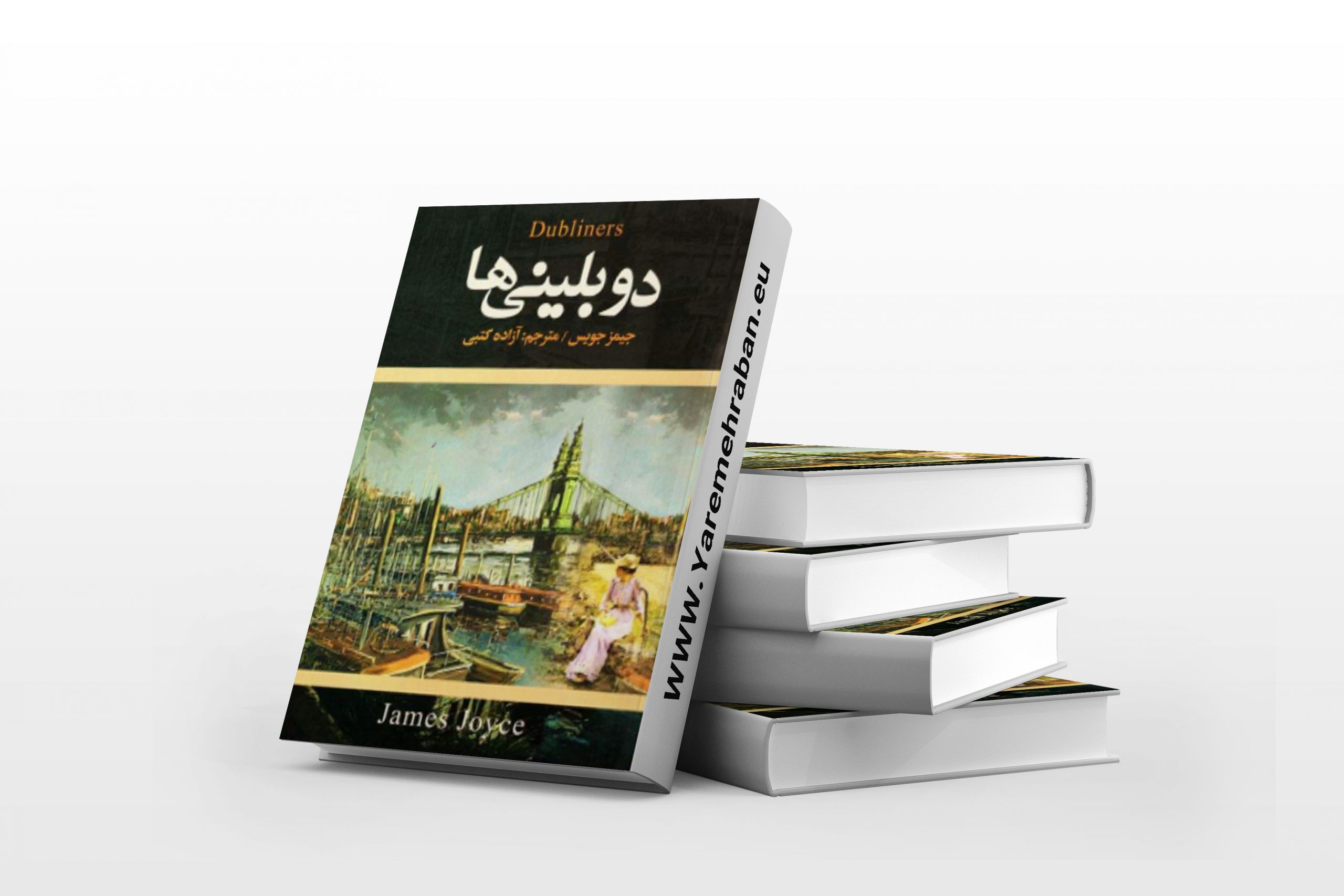
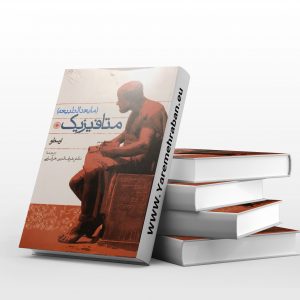
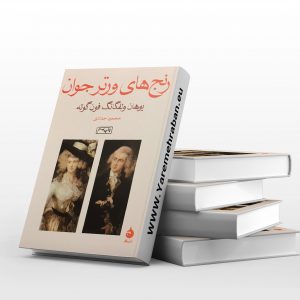
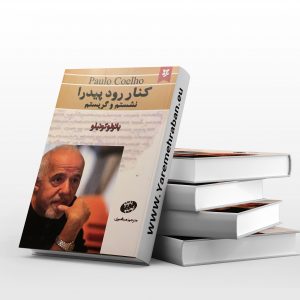






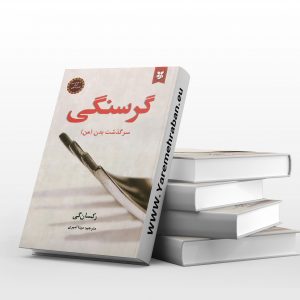


Reviews
There are no reviews yet.